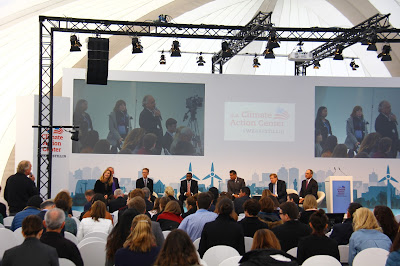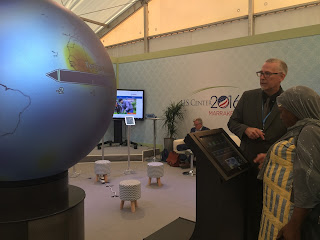Returning to the COP: a physical scientist's perspective
Posted by: Will Kochtitzky
I look forward to returning to the COP in Bonn after attending COP20 in Lima, Peru. I am excited to attend this COP to help make a physical scientists guide to the COP for UMaine and to learn more about how the cryosphere and polar science in general are intersecting negotiations on the international level.
I plan to speak with a variety of people that consume and produce science at the COP to help develop a program for UMaine Climate Change Institute scientists to return to the COP in the near future. It is important that we, as scientists, understand the needs of policy makers to ensure our research is helping address knowledge gaps. We also need to communicate our science to these policy makers so that they use the latest scientific advances in their decision making. I am excited to develop these relationship and help create links between the science we do at UMaine with policy makers on an international level.
The polar regions are changing more rapidly than any other place on earth, especially the Arctic, where temperatures are rising at faster rates than the global average. The cryosphere is responding as it melts and thaws. Mountain glaciers have contributed more to sea level rise than Antarctica or Greenland, and of that, Alaska is melting the most dramatically. This has broad implications for society, especially small island developing states and low lying areas around the world. As an Arctic glaciologist, I am excited to communicate some of this science to decision makers at the COP in Bonn this year.
Are you a physical scientist too?
What do you want to get out of the COP? Do you want to go with us next year to Warsaw for COP24?
Please respond to this post and let us know what you think will be most valuable, we welcome your input in helping share our time in Bonn.
Will at the terminus of a glacier in Greenland




Comments
Post a Comment